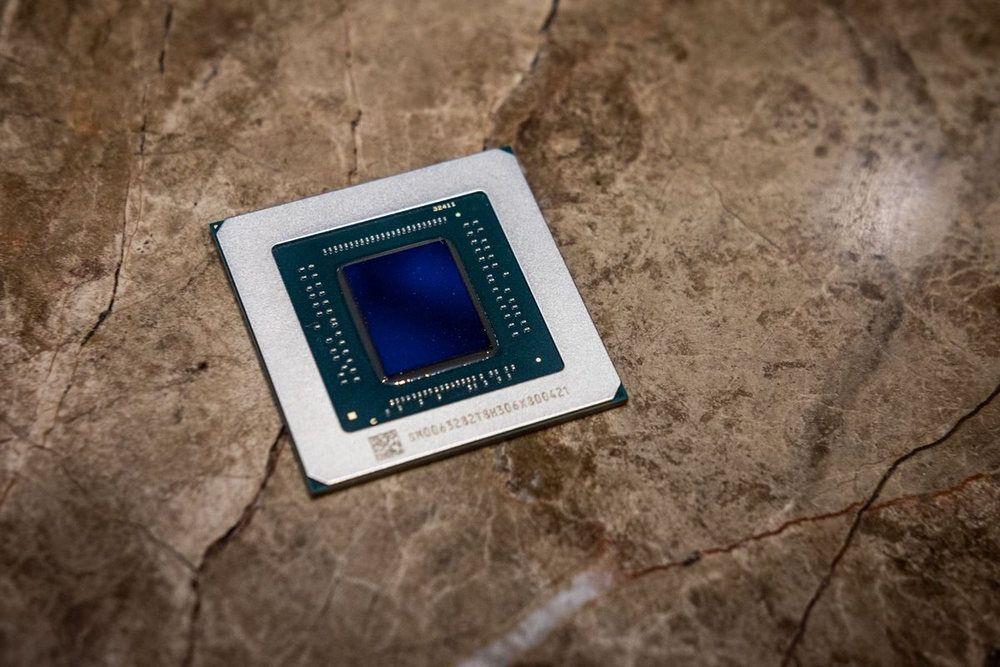Microsoft has announced the Xbox Series X specification and has confirmed that it will have 12 teraflops of performance and use the RDNA 2 graphics architecture. This gives us an indication of what we can expect from the next AMD graphics cards that will be released later this year, in 2020.
The Xbox Series X will use the RDNA 2 architecture and will have 12 teraflops of performance
The performance of 12 teraflops indicates that its GPU has more power than the RX 5700 XT, which delivers about 10 teraflops, and it uses an enhanced RDNA 2 graphics architecture, not RDNA as found in current RX Navi Series graphics cards.
The custom RDNA 2 graphics chip within the Xbox Series X will probably not fully match what you will find on discrete graphics cards, but it’s likely that many of its capabilities are similar.
Ray Tracing: Microsoft has confirmed the presence of Ray Tracing in real-time, so it gives us an indication that the next AMD graphics under RDNA 2 will have it as well. It remains to be seen how efficient it will be compared to what Nvidia’s RTX series already does. The use of the DirectX Raytracing API has also been confirmed, which should improve the porting of Xbox games using this technology to Windows 10.
Variable Rate Shading: This technology was already present in Nvidia’s GeForce GPUs and is now also used by AMD to improve performance.
Variable Rate Shading takes advantage of this to shade primary objects at full resolution, but at slower speeds for secondary objects, which can improve performance.
HDMI 2.1: Unlike the RX 5700 XT, which comes with HDMI 2.0b, the Xbox Series X offers support for HDMI 2.1, which gives us an indication that the upcoming AMD GPUs will have this support as well.
Auto Low Latency Mode: The Microsoft console will also support ‘auto low latency’ mode to automatically switch to the most sensitive screen settings and variable refresh rates, the technology behind Nvidia’s FreeSync and G-Sync technology.
The new Microsoft console will be launched at the end of 2020, suggesting that the new AMD graphics cards could come on the market in the second half of 2020 or perhaps in the last quarter.
